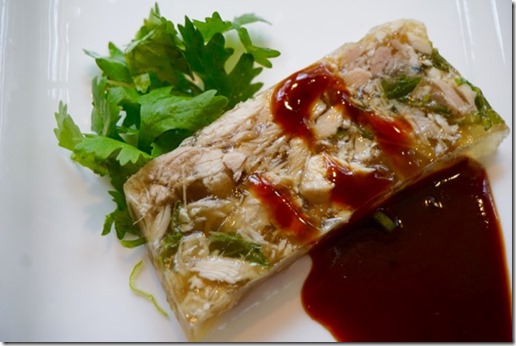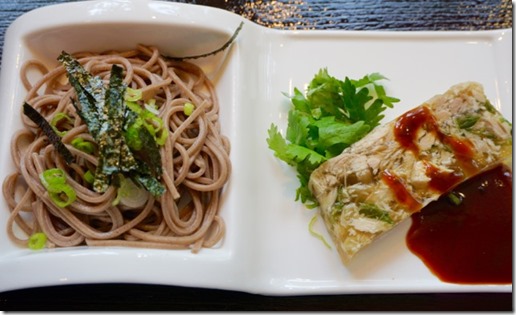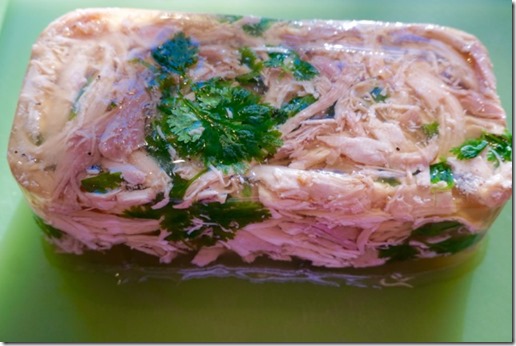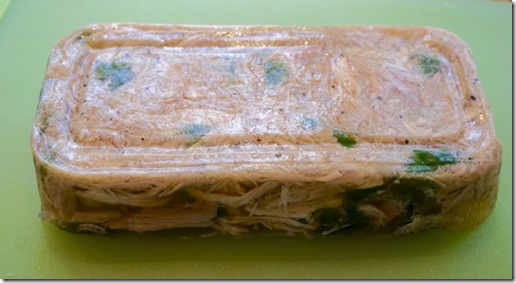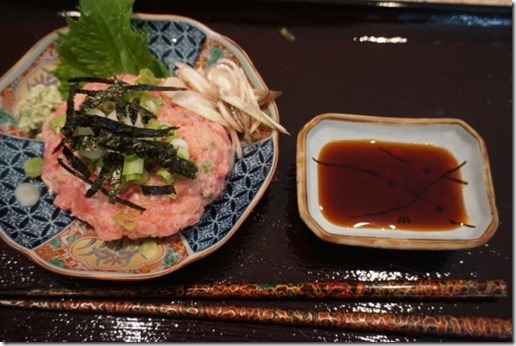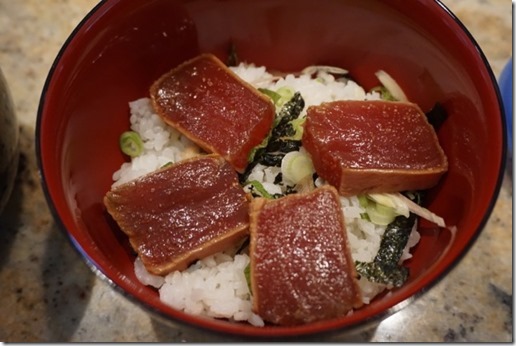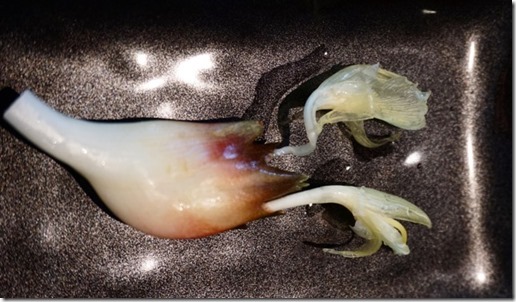This is indeed a great bread.
The original recipe given was said to make 6 loaves in 8 ½ x 4 ½ x 3 inch loaf pans so we halved the recipe. Our loaf pans must have been larger and made 2 loaves. The below (indented and in italic) is the original recipe.
Ingredients:
5 cups AP flour, 4 ½ cups sugar,1 tablespoon baking soda,2 teaspoons salt, 2 teaspoons ground cinnamon,*2 teaspoons ground nutmeg*, 1 teaspoon pumpkin pie spice*, 1 ½ cups vegetable oil,1 cup water, 6 XL eggs, two 15-ounce cans pumpkin,1 regular size package of chopped walnuts (2 cups or so).
The picture below is half of the above amounts. Since we did not have store bought "Pumpkin pie spices" we made it by mixing cinnamon 1/2 tsp, ginger powder 1/4 tsp, nutmeg 1/8 tsp, allspice 1/8p which makes 1 tsp of pumpkin pie spices (see right upper image, we used half of what was shown). Also we roasted walnuts before chopping.
Note: The spices are all measured as heaping. Don’t heap if you don’t like extra spicy but I think it makes a nicer loaf. This recipe is my tweaked version, which has extra pumpkin, therefore extra spices. It makes six loaves. I get the little foil pans and spray with butter flavor Pam. You can also get the mini loaf pans and make mini loaves. Just check frequently when baking. I’ve never had trouble getting a loaf out. For freezing, wrap loaf in plastic and then in foil. Can stay in the freezer FOREVER and is good to take out when company comes. Practically foolproof. Instructions:Combine flour, sugar, soda, salt, cinnamon, and nutmeg in a large mixing bowl; mix with a wire whisk to combine. Add oil, water, eggs and pumpkin; beat at medium speed of an electric mixer until thoroughly blended. Stir in walnuts. (You can leave out walnuts if you don’t like them. The bread will come out just fine without nuts.) Pour batter into 6 greased 8 ½ x 4 ½ x 3 inch loaf pans. Bake at 350 for 1 hour, or until loaves test done and tops are golden brown. Serve hot or cold with butter or cream cheese. Yield: 6 loaves.
Since our loaf pans were larger than specified, we poured the batter in two pans.
After one hour at 350F, it came out nicely. After some cooling, we tipped the loaves out to cool further on the cooling rack.
We could not wait for the bread to cool down completely and sliced the edge and tasted it. When it was still warm, the center looked wet but after it cooled to room temperature, the moisture distributed throughout the bread. The texture of the bread was very moist and plenty of pumpkin pie flavors. We thank our friend for divulging this “super secret” and excellent recipe. We really appreciate that our friend chose to share her coveted recipe with us and the readership of our blog.









